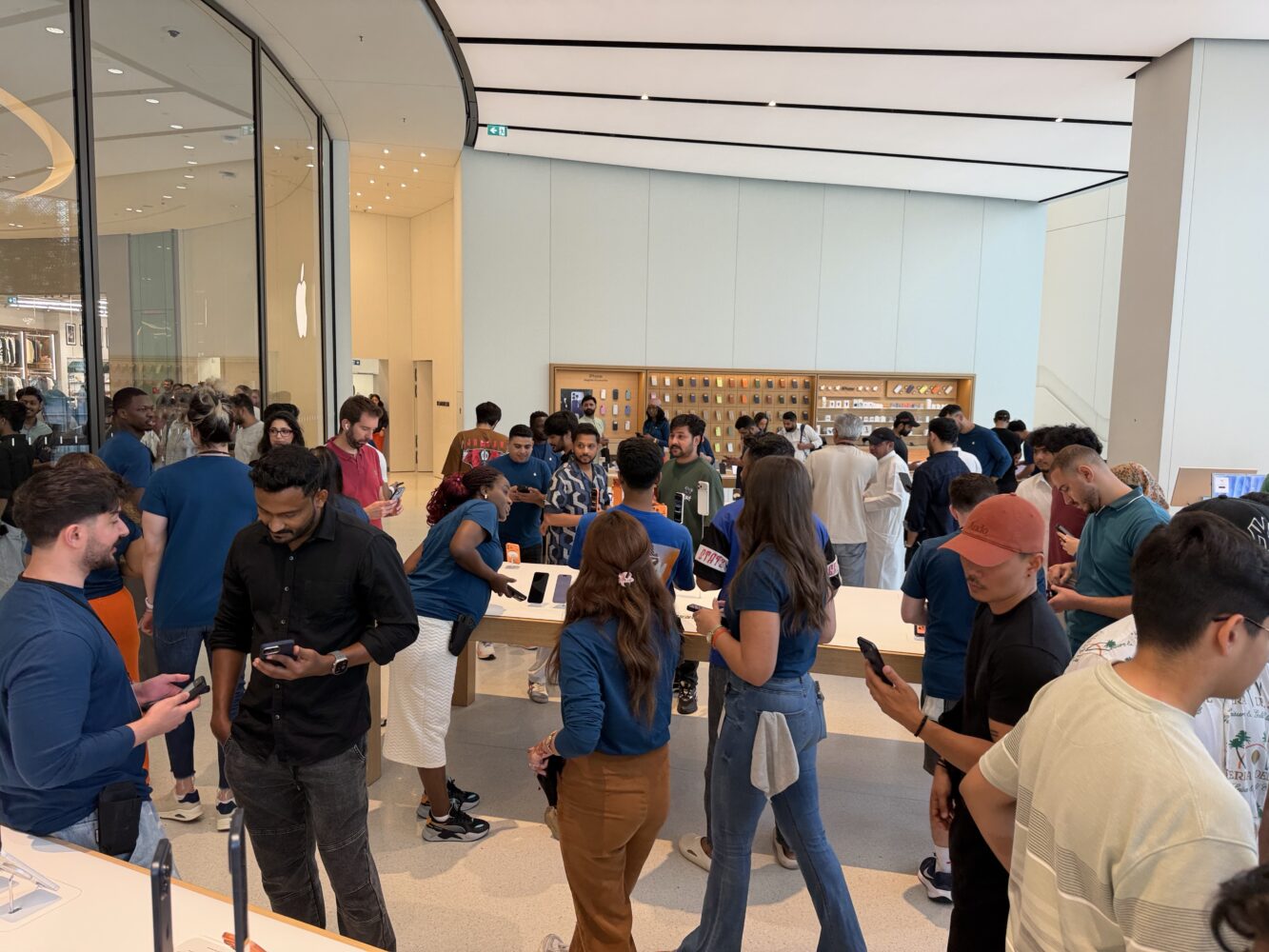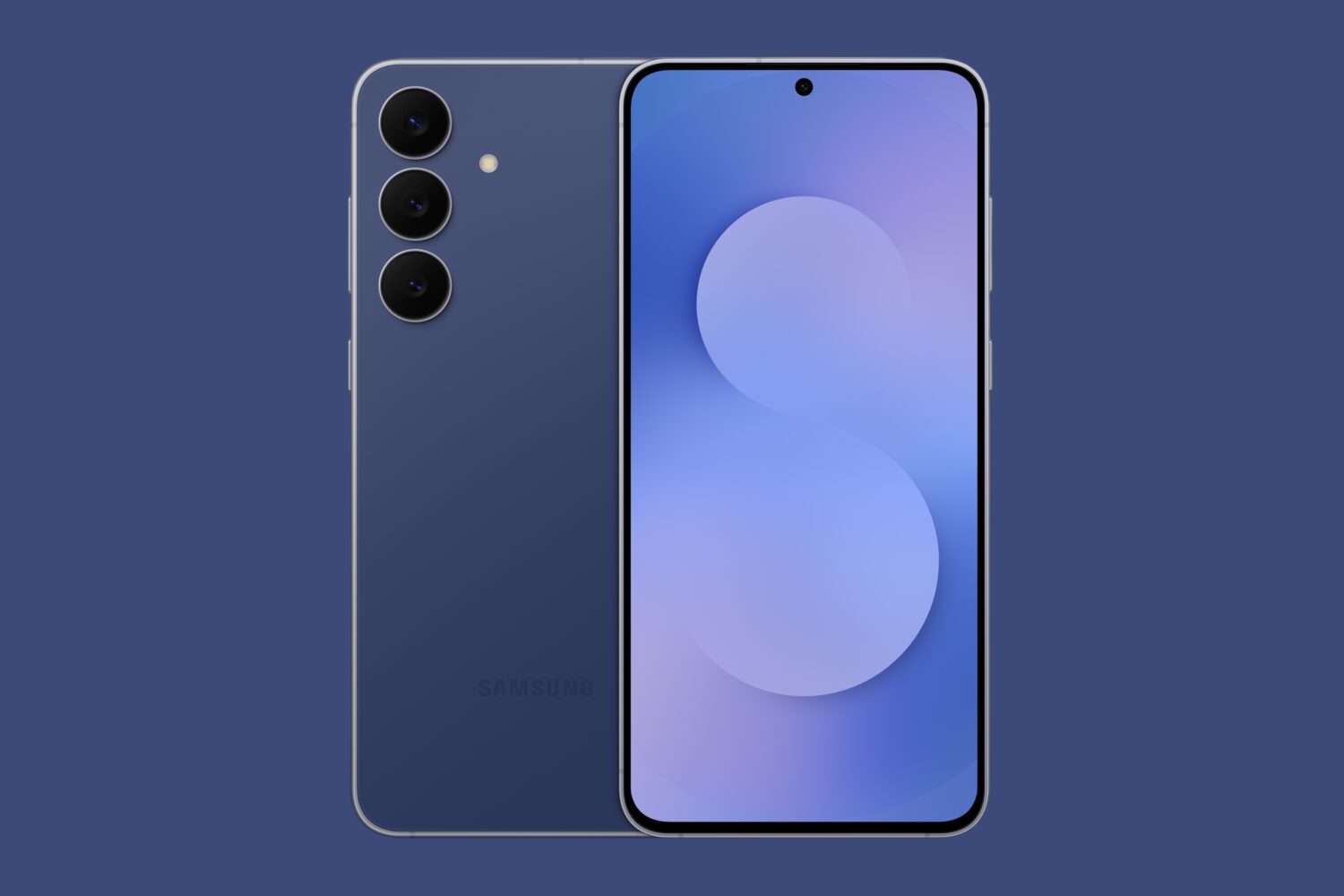NVIDIA has confirmed that several major upcoming releases will ship with support for its latest AI-powered upscaling technology, DLSS 4 with Multi Frame Generation, alongside ray tracing and Reflex latency reduction. The headline title is Dying Light: The Beast, which launches with full integration of these features, while Farming Simulator 25, Mistfall Hunter, Jump Space, and Gears of War: Reloaded are also receiving performance boosts through various DLSS implementations.
Dying Light: The Beast introduces players to Castor Woods, an open-world survival horror setting where alliances are as fragile as the zombie-infested landscape. At launch, GeForce RTX users can activate DLSS 4 with Multi Frame Generation, DLSS Frame Generation, and DLSS Super Resolution. Ray-traced lighting effects—covering ambient occlusion, global illumination, reflections, and shadows—enhance visual fidelity, while NVIDIA Reflex helps lower system latency for more responsive gameplay. NVIDIA claims that at 4K with ray tracing maxed out, enabling DLSS 4 with Multi Frame Generation can increase frame rates by an average of 7.6x.
Other titles are also tapping into NVIDIA’s latest tools. Mistfall Hunter, a dark fantasy extraction RPG from Bellring Games, is running a Closed Beta with DLSS 4 support. Players with GeForce RTX 50 Series GPUs can test how Multi Frame Generation affects performance before the full release later this year.
Farming Simulator 25 is adding DLSS 4 with Multi Frame Generation and DLSS Frame Generation via a new update, expanding beyond its existing DLSS Super Resolution support. This will allow both RTX 40 and 50 Series GPUs to push higher frame rates while players manage farms, livestock, and production lines.
Meanwhile, Keepsake Games’ co-op PvE title Jump Space launches into Early Access on September 19 with DLSS Super Resolution support. And Gears of War: Reloaded, a remaster of the franchise’s original entry, supports DLSS Super Resolution at launch, with the option to upgrade to NVIDIA’s newest transformer AI model through the NVIDIA app for sharper image quality. Players seeking maximum fidelity can instead opt for DLAA, which prioritizes image clarity over frame rate boosts.
Together, these announcements highlight NVIDIA’s push to make DLSS 4 a central part of the PC gaming experience, particularly for users of the new RTX 50 Series. With high-profile games like Dying Light: The Beast leading the charge, the company is betting that AI-driven rendering and latency improvements will continue to define modern PC performance standards.







